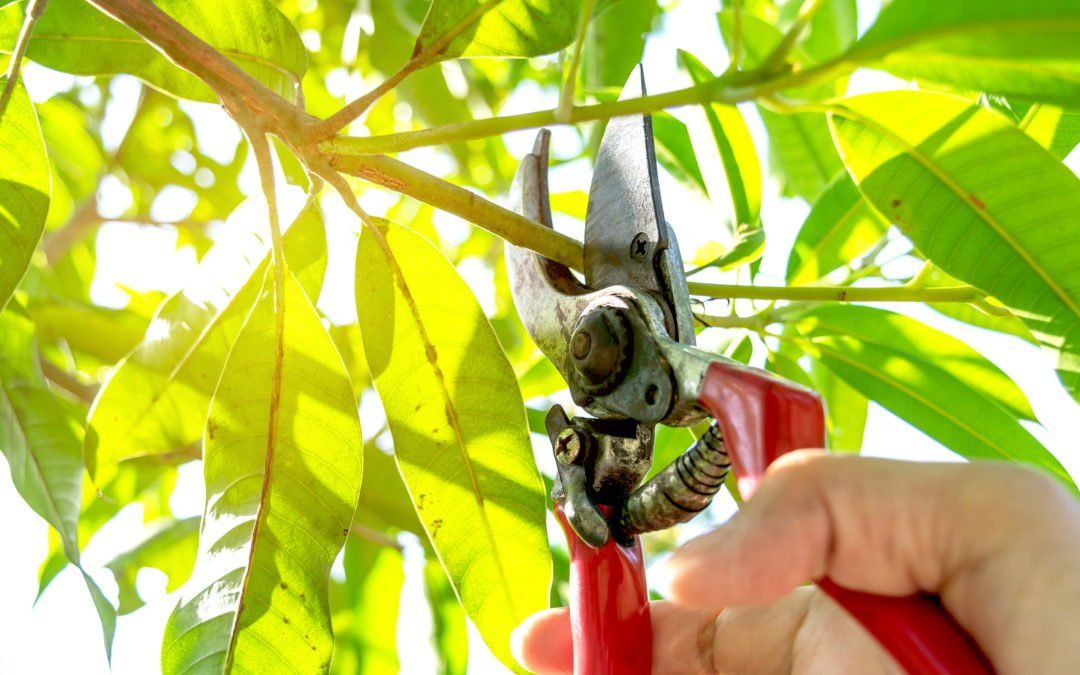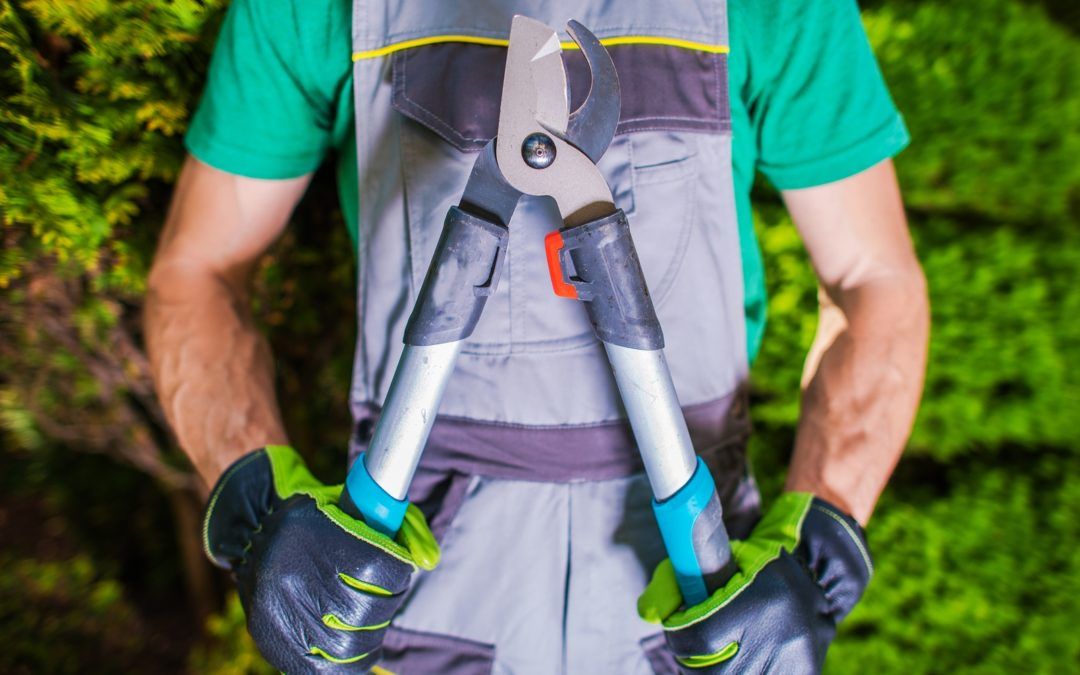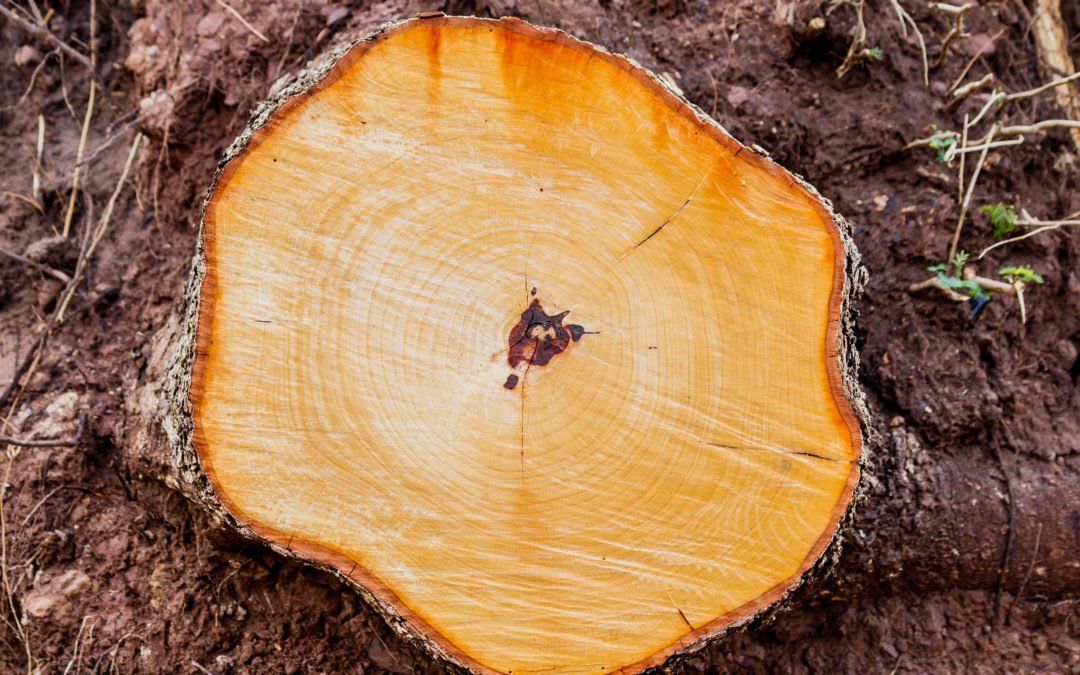The Dangers of DIY Tree Care

Why is DIY Tree Care Dangerous?
Working in the outdoors is a hobby for many here in the Raleigh-Durham area. And no wonder. It’s a great region with fantastic weather and natural beauty almost year-round. When it comes to working on your trees though, there are some dangers involved that you should be aware of.
Falling
Kids aren’t the only ones who get injured after climbing trees. It’s not at all uncommon for homeowners to haul some tools up into a tree for some pruning and to then come plummeting down a short time later.
Trained arborists and tree care professionals not only have training and experience, but they have specialized equipment like ropes and harnesses that secure them to the tree to prevent serious injury. These almost entirely remove the danger of falling when used correctly by experts.
Falling limbs
It’s not just you that may fall. Branches that are not cut down properly, whether by recklessness or inexperience, can also create a hazard as they fall to the ground. These limbs may land on a structure, on a vehicle, or God forbid, on a person.
Professionals, like the team at Henry’s Tree Service, use industry best practices to ensure anything falling from the tree will do so in the safest manner — away from people and property.
Killing the tree
Sometimes a homeowner gets a little enthusiastic when they are pruning a tree and takes off too much… way too much. This can quickly destroy the tree. Other times a homeowner may use the wrong tool or chemical, or in the wrong amount or manner, and the tree’s overall health is affected.
After caring for as many trees as we have, Henry’s and other tree care professionals know the right way to prune, treat, and tend to trees. There are right ways, and there are wrong ways. We know which is which.
Injuring yourself or others with tools
The tools used for tree care are not toys. The saws and shears, for example, are incredibly sharp and are meant to quickly and easily slice through hardwood. They can just as quickly cut through a person’s soft skin on their fingers, arms or other parts that accidentally come in contact with them. If you insist on using these tools yourself, please be careful.
Henry’s Tree Service can help you avoid common hazards
If you get yourself in a bind and need a professional to answer a question about tree maintenance, pruning or removal, we can help keep you safe. Even better though — call us before you get started, and we would be happy to get the job done for you professionally and safely.
Property owners across the Triangle, in Raleigh, Durham, Cary, Chapel Hill, Morrisville and beyond, trust Henry’s to keep their trees healthy and looking great. By avoiding these dangers, we help keep them healthy and looking great too! Call us at (919) 532-9141 to discuss our tree care services.










